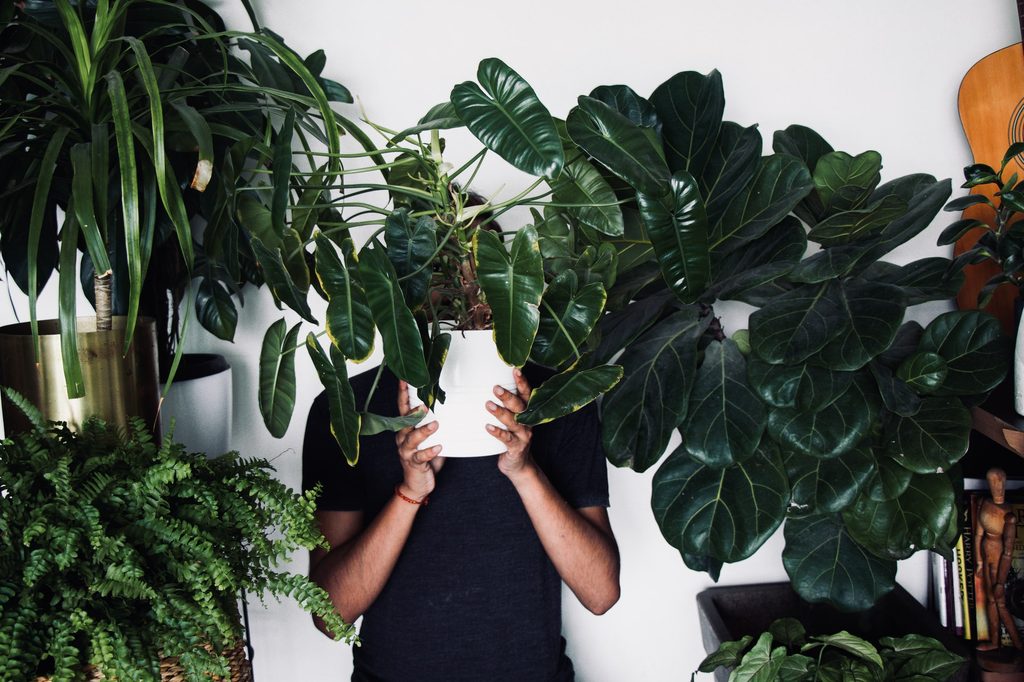
Houseplants are a great way to bring greenery and life into your home, and there are tons of options to choose from. There are beautiful flowers, stunning foliage, and even fruits and vegetables. Whether you’re looking for strange shapes, bright colors, or unique patterns, there are houseplants to fit every aesthetic and lifestyle. From beginners to experienced gardeners, these five interesting and uncommon potted plants are sure to wow your guests and liven up any home.

Crassula umbella
Crassula umbella, also known as the wine cups plant, is a delightful and unique succulent that make excellent potted plants for an indoor garden. The leaves are round and shaped like bowls or cups. With long stems and curved leaves, it’s easy to see where the nickname wine cups comes from! A thin flower spike grows from the center of the cups, blooming in shades of pink. Like most succulents, it’s important to keep Crassula umbella warm and dry. Use well-draining soil and water infrequently. Make sure to water below their leaves, to avoid water pooling in the cups.
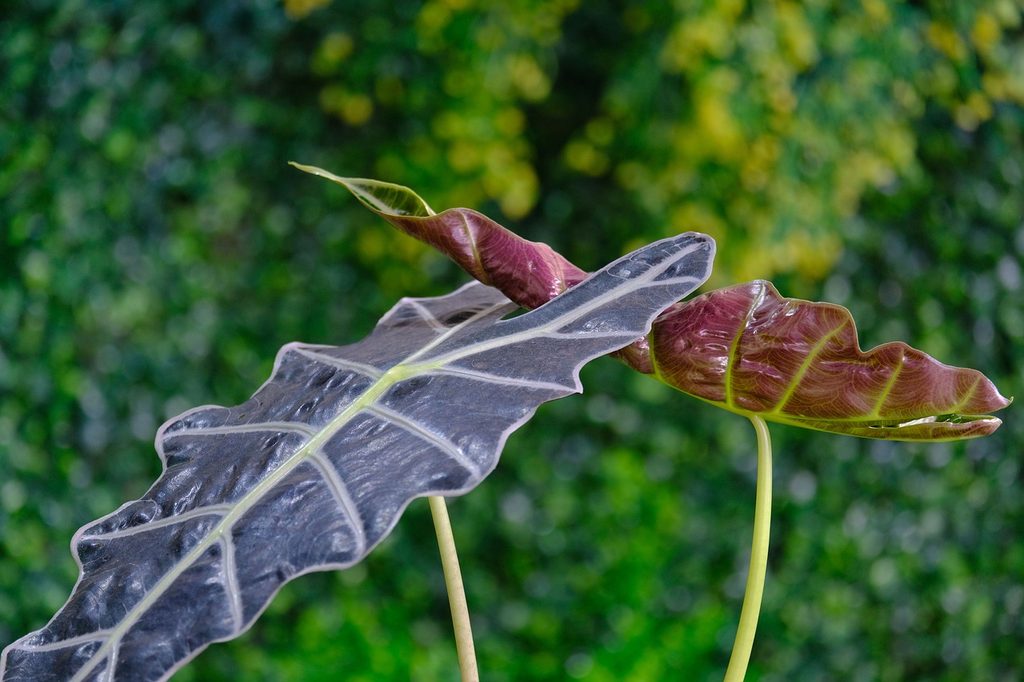
Alocasia
Alocasia is the perfect plant for gardeners who love green, leafy plants! These tropical plants have large, distinctive leaves that range from bright, lime green to shades of green so dark they’re almost black. Most varieties have prominent veins, crimped edges, and an arrowhead or shield-like shape that makes them stand out among your other plants. Keep your Alocasia in bright, indirect light with regular watering and an occasional mist for the best results.
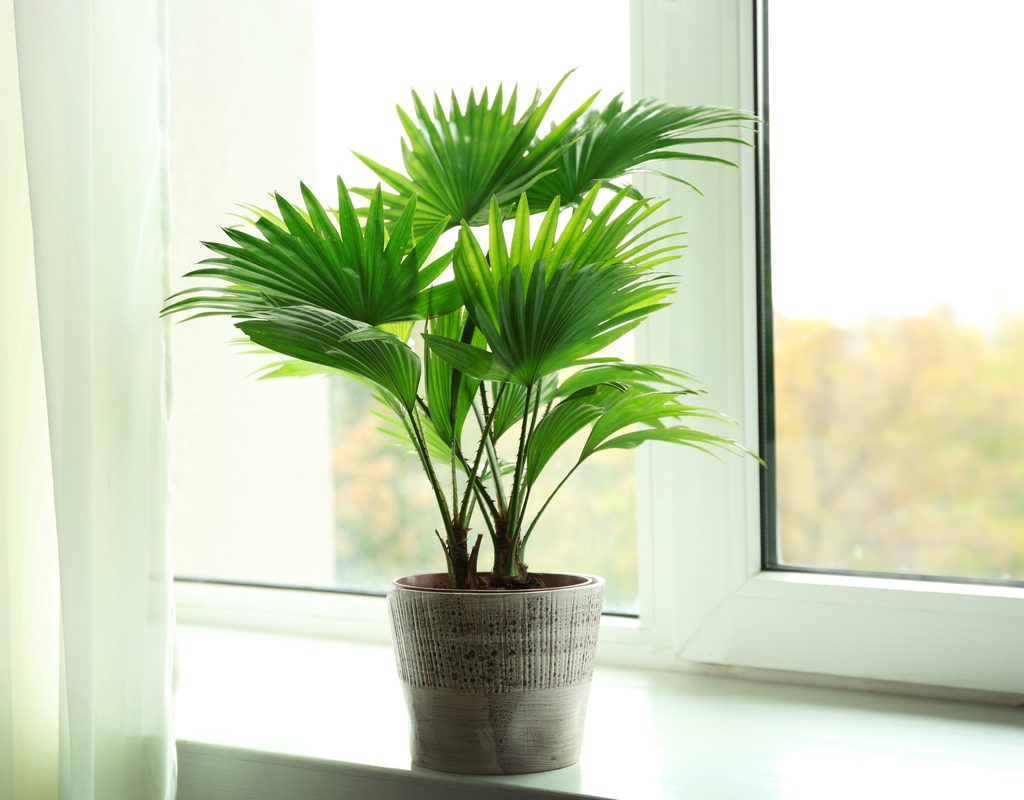
Footstool palm
Saribus rotundifolius, or the footstool palm, is an interesting and elegant palm tree. It has round, fringed leaves that resemble a fan or a sunburst. Despite their tropical and glamorous reputation, palm trees can be grown as potted plants and typically make great indoor houseplants. The footstool palm is no exception. Water it regularly and avoid placing it in direct light and your footstool palm will thrive! Be careful when handling it, though, as the stems grow sharp thorns.
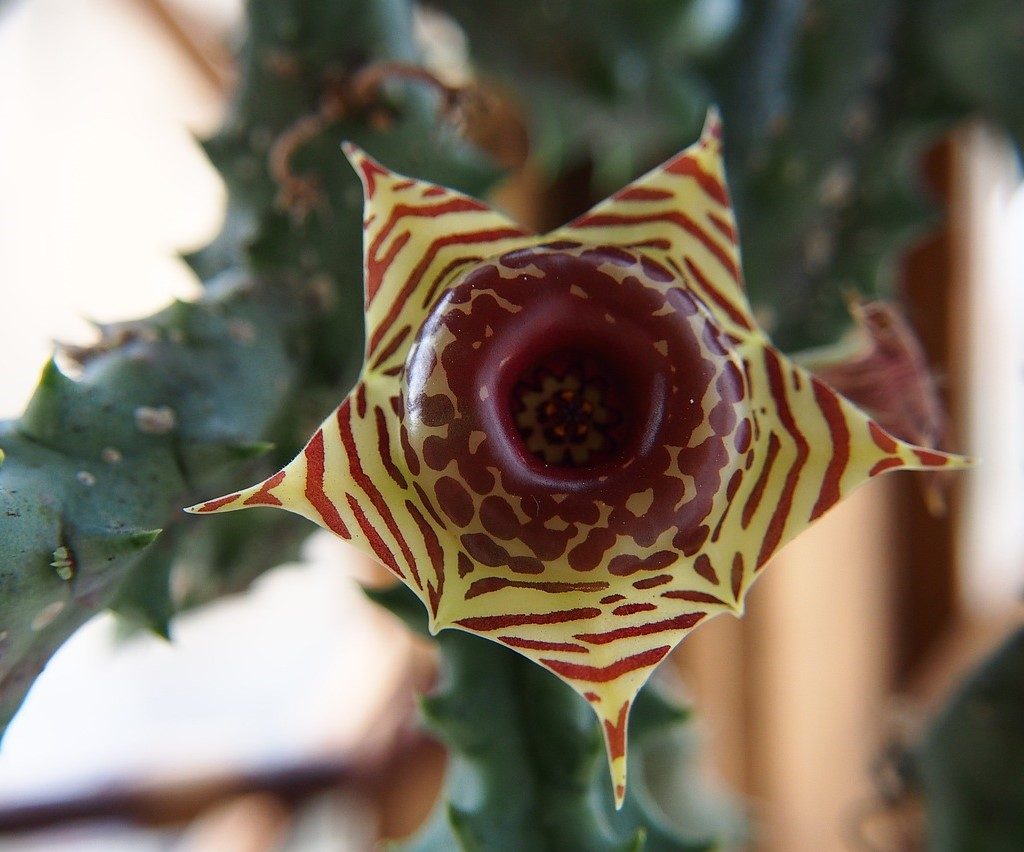
Lifesaver plant
Lifesaver plants are interesting cacti, even before they bloom. With branches that resemble cactus-like vines, this potted plant is small and stunning. When it blooms, the reason for its common name becomes apparent. The flowers of the lifesaver plant are bright yellow and star-shaped, with a thick, red, waxy ring in the center that closely resembles a life preserver or lifesaver candy. Lifesaver plants are easy to care for as potted plants. Place it in bright, indirect light, and water it whenever the soil is dry. Although beautiful, it’s best to avoid getting your nose too close to the flowers, as they can smell like carrion!
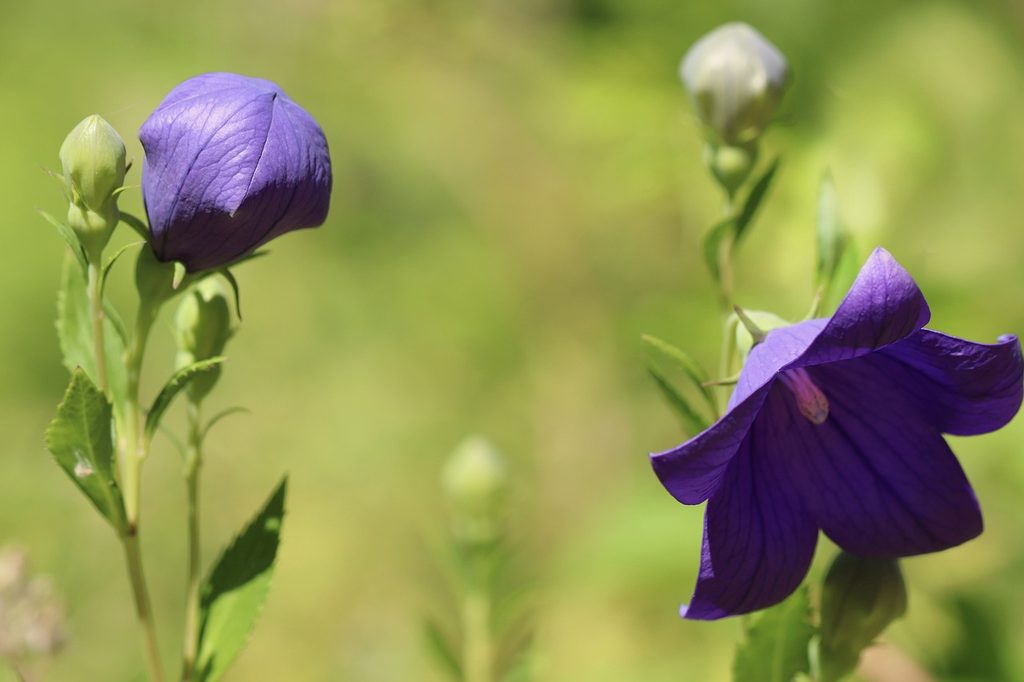
Balloon flowers
Balloon flowers, or Platycodon grandiflorus, are stunning perennials with large star-shaped flowers. They are most commonly blue, but can also be found in shades of pink, white, and purple. In warmer climates, balloon flowers can be grown entirely outdoors, but they can thrive indoors as well. What makes balloon flowers stand out as houseplants, and gives them their name, is the way their flower buds swell like balloons before blooming. These hot-air-balloon-shaped buds are a delight to see.
When potting your balloon flowers, make sure to use a deep, wide pot. Use regular or well-draining potting soil, and make sure the pot you choose has drainage holes. Balloon flowers like to be watered regularly, but they can still develop problems if left in standing water for too long. Place your balloon flowers in a bright, sunny window away from drafts. They are sensitive to the cold and frost, so while you can take them outdoors during the spring and summer, it’s best to keep them inside during fall and winter.
There are a seemingly endless number of houseplants to discover and care for, and now you know five more. These unique and interesting plants will make great additions to your home, and your guests will certainly be fascinated by them!


